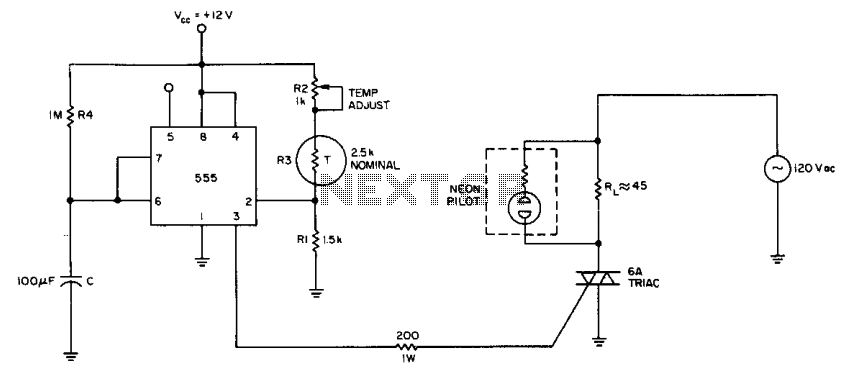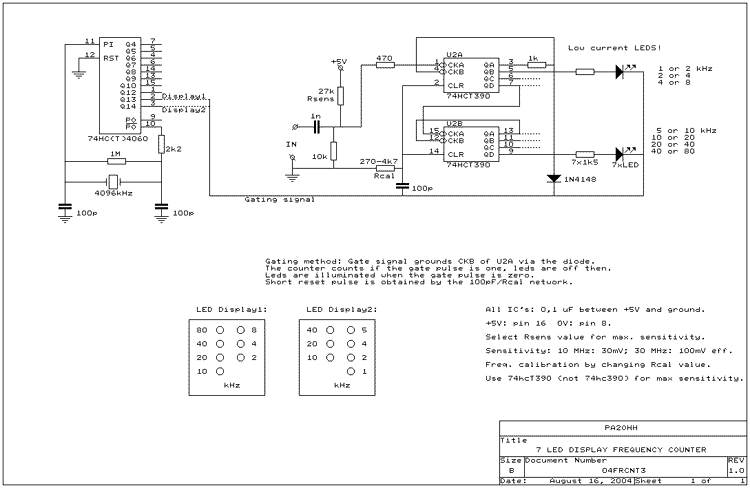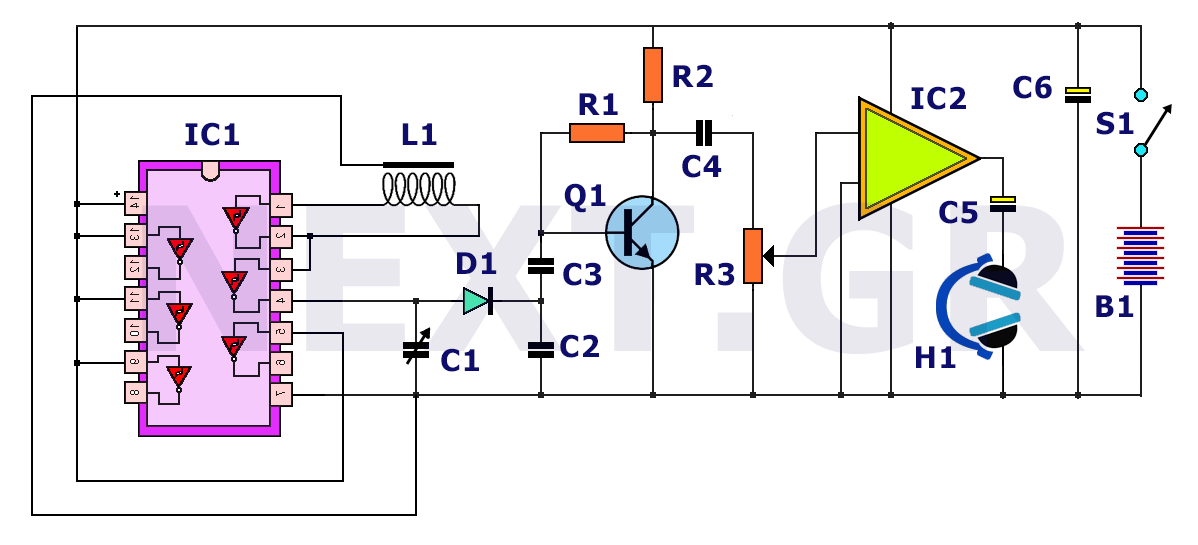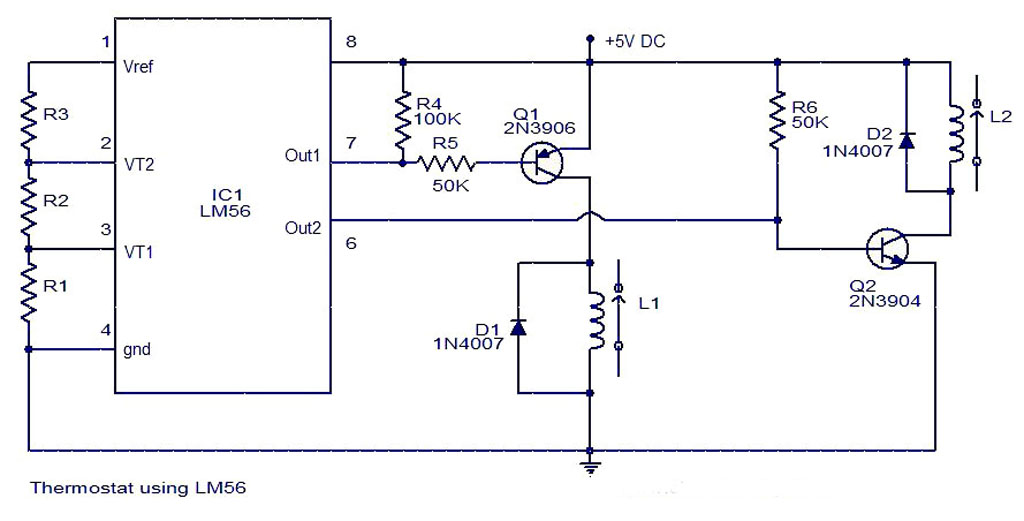
simple temperature controller

The internal comparator of the 555 timer, combined with a thermistor, creates a low-cost temperature controller. Resistor R2 establishes the temperature trip point.
The 555 timer is a versatile integrated circuit widely used in various applications, including timers, oscillators, and pulse generation. In this configuration, it operates in comparator mode, utilizing its internal comparators to monitor the voltage across a thermistor, which is a temperature-sensitive resistor.
The thermistor's resistance changes with temperature, allowing it to serve as a temperature sensor. As the temperature varies, the voltage at the input of the 555 timer's comparator changes accordingly. Resistor R2 is crucial in this setup as it sets the reference voltage level against which the thermistor's voltage is compared. By adjusting R2, the desired temperature trip point can be defined, enabling the circuit to activate or deactivate an output signal when the temperature crosses this threshold.
The output of the 555 timer can be used to control various devices, such as fans, heating elements, or alarms, depending on the application requirements. This simple circuit design is cost-effective and suitable for basic temperature control applications, making it an ideal choice for hobbyists and engineers looking for an efficient solution to temperature regulation.The internal comparator of the 555 timer, combined with a thermistor, makes a low-cost temperature controller. Resistor R2 sets the temperature trip point. 🔗 External reference
The 555 timer is a versatile integrated circuit widely used in various applications, including timers, oscillators, and pulse generation. In this configuration, it operates in comparator mode, utilizing its internal comparators to monitor the voltage across a thermistor, which is a temperature-sensitive resistor.
The thermistor's resistance changes with temperature, allowing it to serve as a temperature sensor. As the temperature varies, the voltage at the input of the 555 timer's comparator changes accordingly. Resistor R2 is crucial in this setup as it sets the reference voltage level against which the thermistor's voltage is compared. By adjusting R2, the desired temperature trip point can be defined, enabling the circuit to activate or deactivate an output signal when the temperature crosses this threshold.
The output of the 555 timer can be used to control various devices, such as fans, heating elements, or alarms, depending on the application requirements. This simple circuit design is cost-effective and suitable for basic temperature control applications, making it an ideal choice for hobbyists and engineers looking for an efficient solution to temperature regulation.The internal comparator of the 555 timer, combined with a thermistor, makes a low-cost temperature controller. Resistor R2 sets the temperature trip point. 🔗 External reference
Warning: include(partials/cookie-banner.php): Failed to open stream: Permission denied in /var/www/html/nextgr/view-circuit.php on line 713
Warning: include(): Failed opening 'partials/cookie-banner.php' for inclusion (include_path='.:/usr/share/php') in /var/www/html/nextgr/view-circuit.php on line 713





